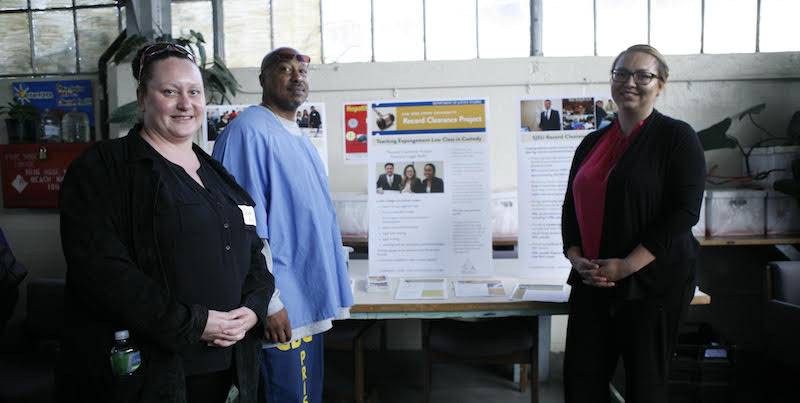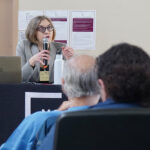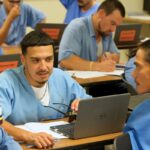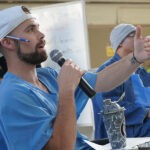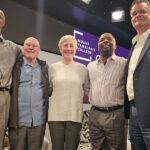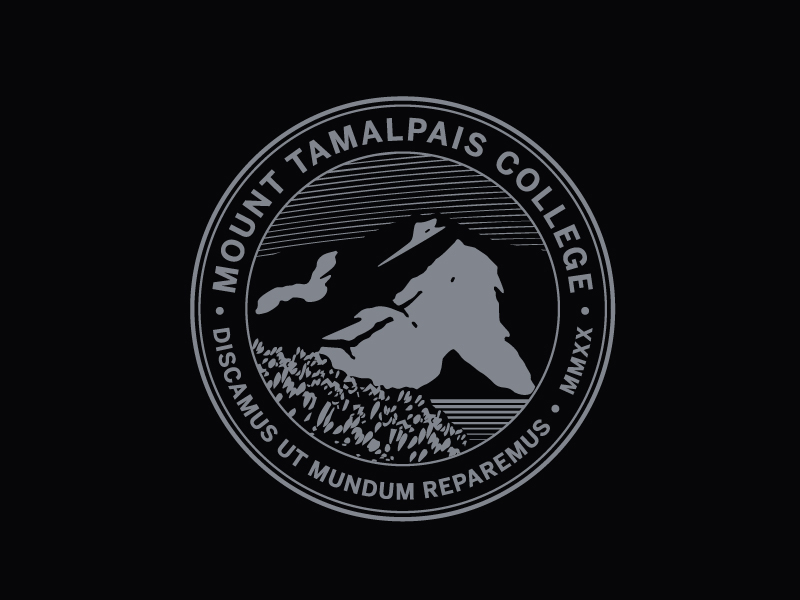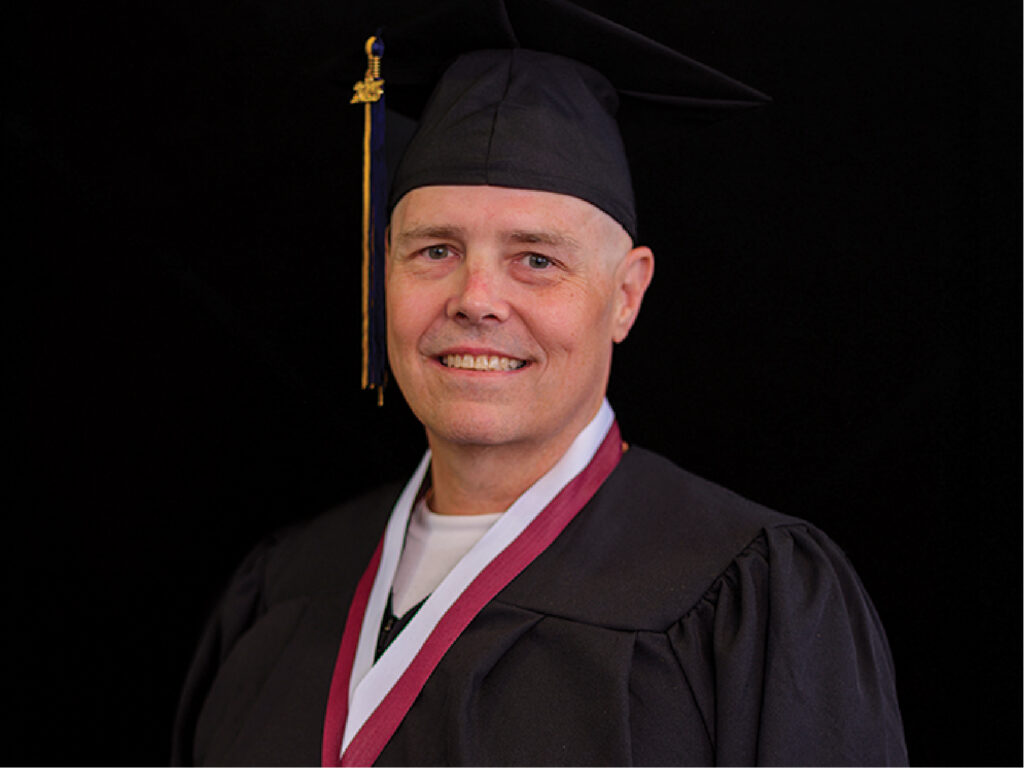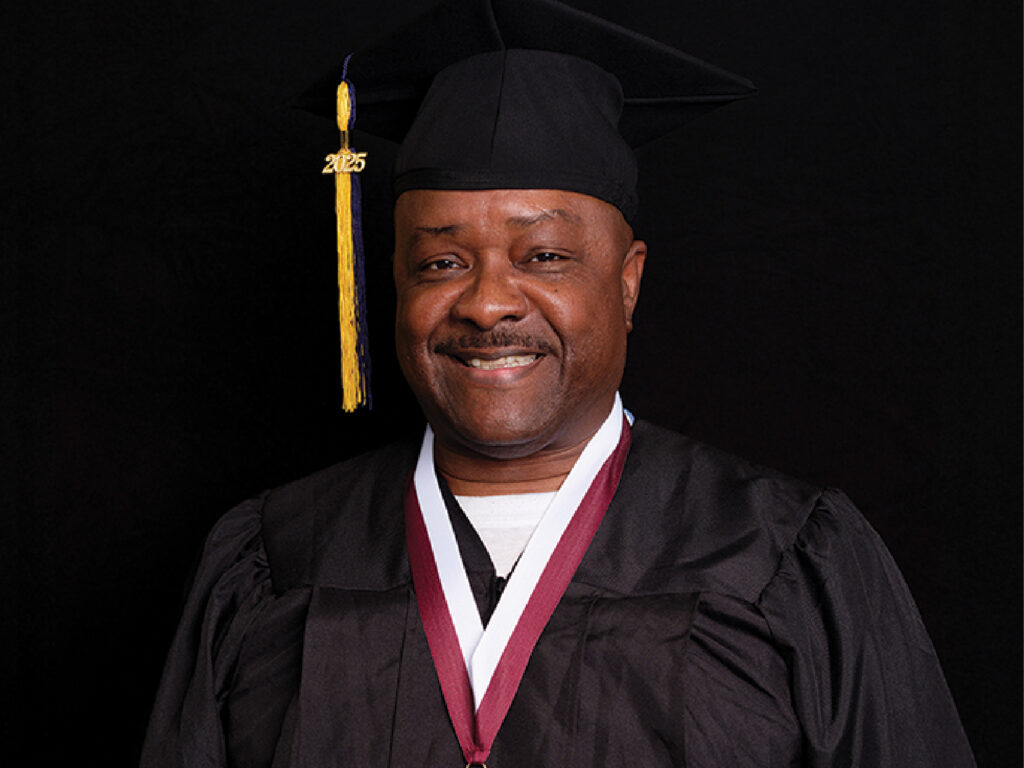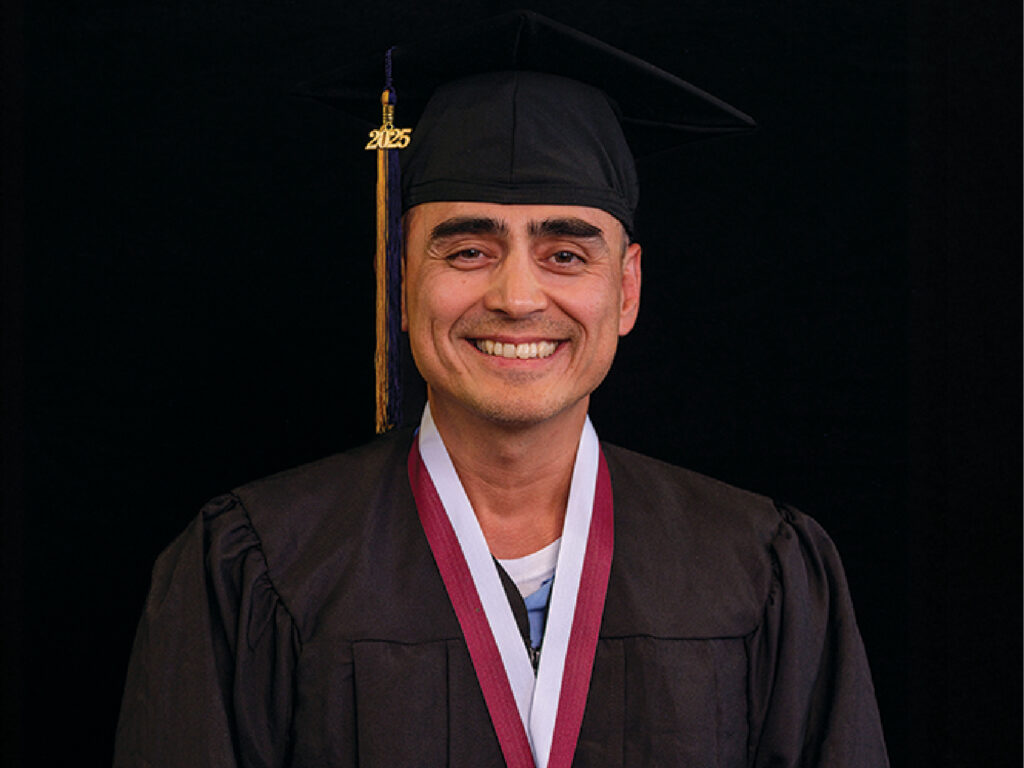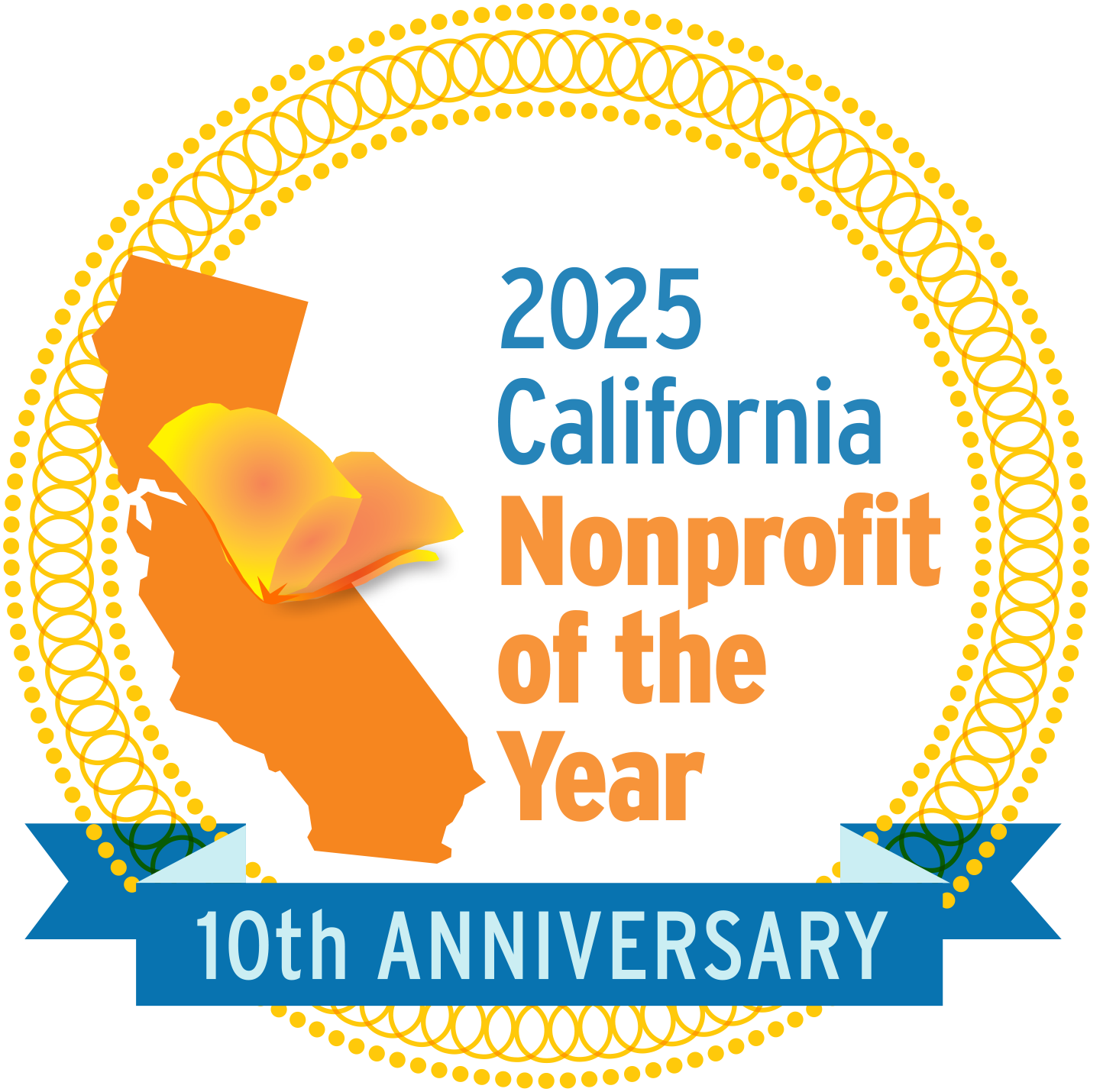Published in the November 2018 newsletter, which you can read in its entirety here.
On October 5, the Prison University Project hosted an academic conference inside San Quentin, entitled Corrections, Rehabilitation, and Reform: 21st Century Solutions for 20th Century Problems. Panelists included college students at San Quentin and outside academics, and Patrick Elliot Alexander, author of From Slave Ship to Supermax: Mass Incarceration, Prisoner Abuse, and the New Neo-Slave Novel, delivered the keynote address.
This was only possible because all came off as planned. There could have been a lockdown or a quarantine, either of which would have kept students from attending or guests from coming into the prison. There might have been delays, so students missed half of the event. There could have been an alarm on the yard, leaving students stuck on the spot until it cleared. Student speakers and facilitators may have found themselves in risky situations, called upon to critique their captors or disagree with others in the face of potentially serious social or political repercussions. The list goes on and on, and even after several years working inside the prison, I know I don’t know the half of it. But all such contingencies are examples of the reason it is critical for incarcerated people to have a voice in academic conversations about prison: only they know in depth the realities of incarcerated life. Only they have some of the true keys for analyzing what reform should look like, or if “reform” is in fact the answer.
The goal of including incarcerated voices in academic conversations about incarceration was what led us to start planning this conference. Students and alumni inside the prison applied to be on the conference committee, and together a small group of us collaborated on a call for papers, which hubristically announced this as the first academic conference to be held inside a prison—this is not the case, as it turns out, but we were excited to start receiving dozens of submissions, both from our students inside and from outside scholars from across the U.S. In the end we received almost 100, so many that we realized, to some of the committee members’ dismay, that we would have to send out some rejections.
We were also eager to help our student participants prepare for this professional opportunity, in which they were on panels with academics far more experienced in writing and presenting: volunteers Chris Alfonso and Debbie Mayer stepped up to help student presenters with research and writing; Prison University Project Board member and volunteer instructor James Dyett assisted student speakers with public speaking skills and student panel moderators with facilitation strategies. Our students did magnificently.
These and other concerns filled our sometimes twice-weekly meetings. We disagreed, argued, and spent hours upon hours talking through complexities of panel configurations. I’m filled with admiration for the dedication, hard work, and brilliance of my co-planners—Chris Alfonso, Wayne Boatwright, Noble Butler, Clark Gerhartsreiter, James King, Timothy Thompson, Jesse Rothman, and Jesse Vasquez, many of whom had never attended a conference, but all of whom approached the planning with passion, seriousness, and a spirit of collaboration. The theme of the National Conference on Higher Education in Prison in Indianapolis this November is “Building a Movement,” but we demonstrated with our own sister conference that the movement truly starts inside.
Please note that the Prison University Project became Mount Tamalpais College in September 2020.
